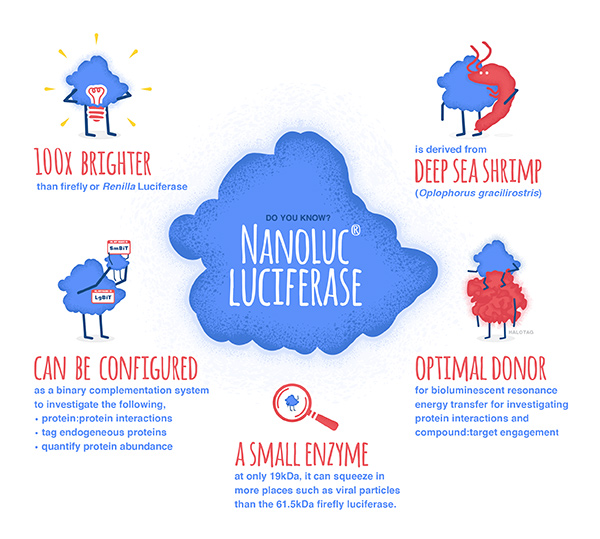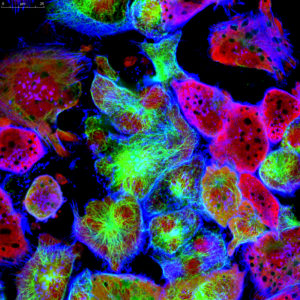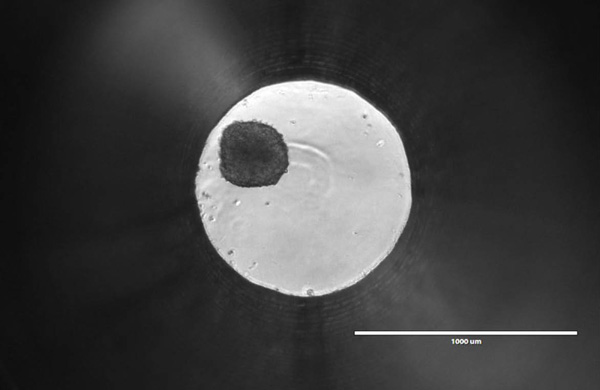
Wildlife conservation is a major focus around the world. With habitat loss and climate change, Asian elephant populations are under severe pressure. Add in an infectious disease that is fatal to the young and you have a recipe for disaster. Even with efforts to breed the endangered Asian elephants in zoos to build the population, elephant endotheliotropic herpesvirus (EEHV) thwarts conservation efforts. EEHV causes hemorrhagic disease in Asian elephants younger than 10 years old, a disease with rapid onset and high mortality. In fact, some numbers indicate EEHV is the cause of death for at least 25% of Asian elephants born in zoos and the wild globally.
Continue reading “Working in the Lab to Save Animals in the Wild”



